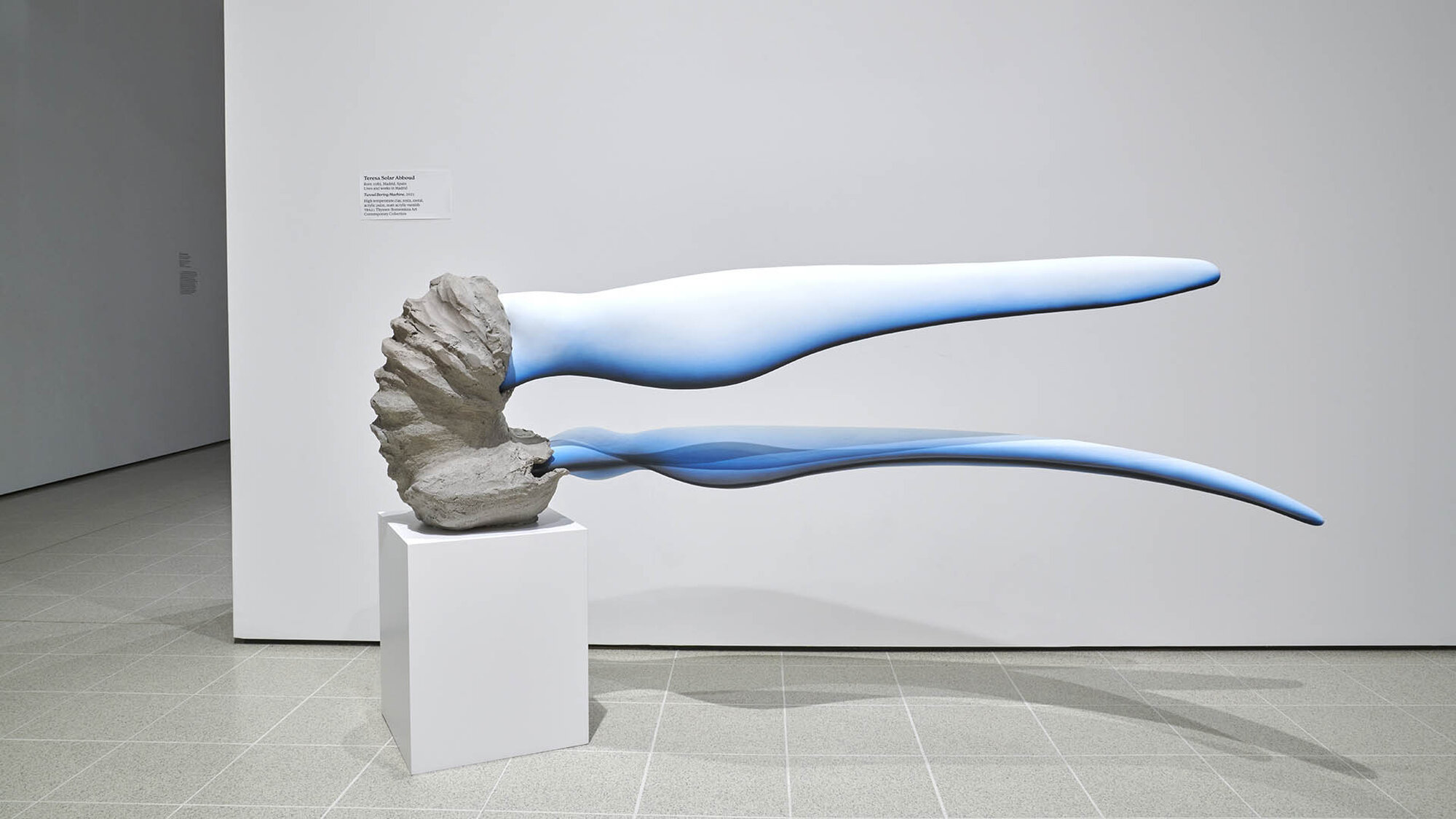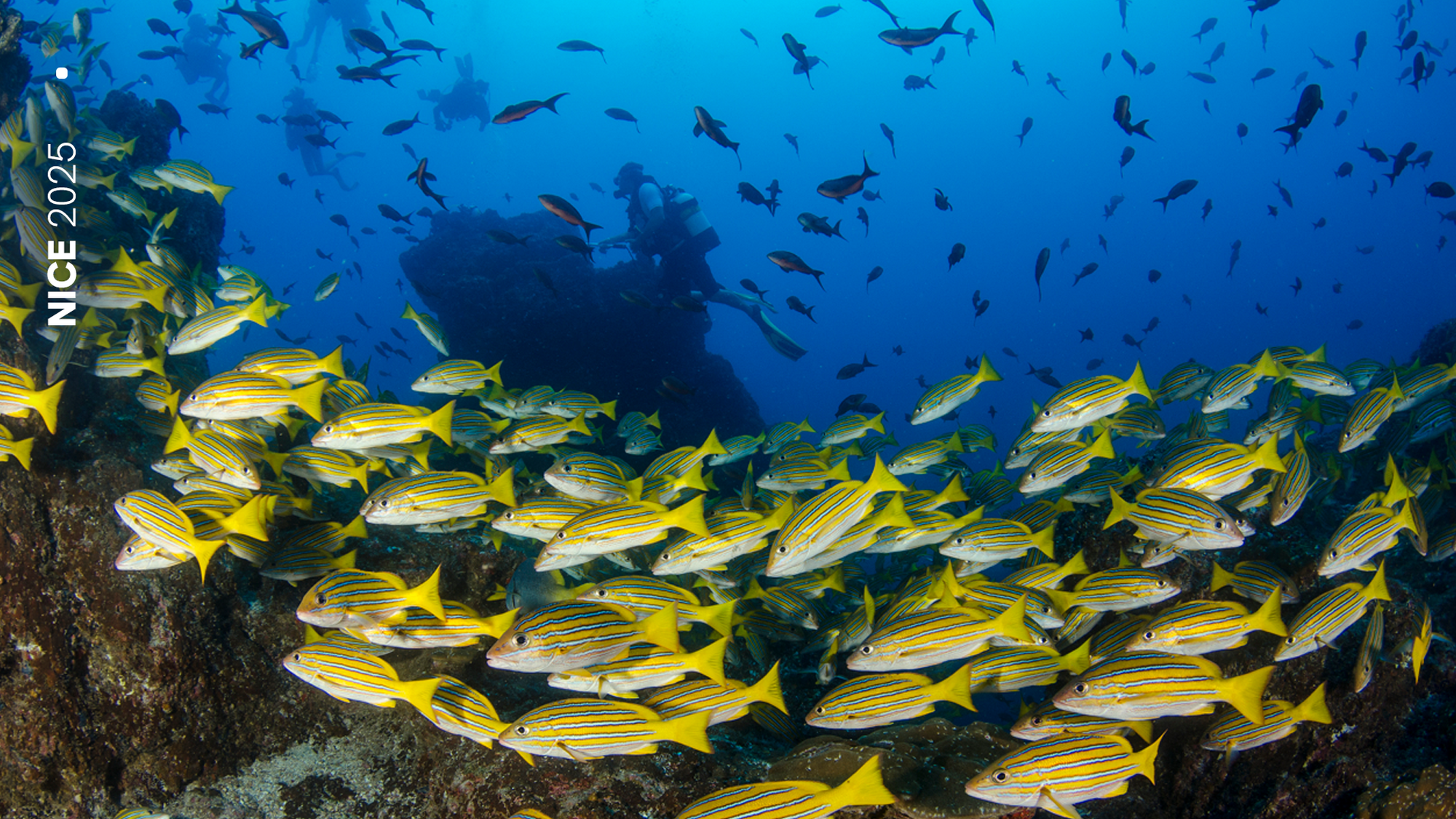TBA21 Thyssen-Bornemisza Art Contemporary
About


Exhibitions


TBA21–Academy


Collection


Program


Publications


Archive


TBA21 Sites - physical and digital
MNTB Madrid


Ocean Space Venice


C3A Córdoba


AHF Jamaica


Ocean-Archive.org


TBA21 on st_age


Highlights




Becoming Ocean: a social conversation about the Ocean

Clear, Lucid, and Awake - Spanish Artists from the TBA21 Collection

name

NICE2025: The Protection Principle Task Force

OcéanoFuturismos: Science Fiction prototyping future Ocean imaginaries

Organismo | Art in Applied Critical Ecologies
Independent study program, Year One
Independent study program, Year One

Organismo | Public program
Independent study program, Year One
Independent study program, Year One

Otras montañas las que andan sueltas bajo el agua
Exhibition at Ocean Space - Venice
Exhibition at Ocean Space - Venice

POROUS — Ports as Interspecies Dwelling

TBA21 at the 3rd United Nations Ocean Conference, Nice

Terraphilia
